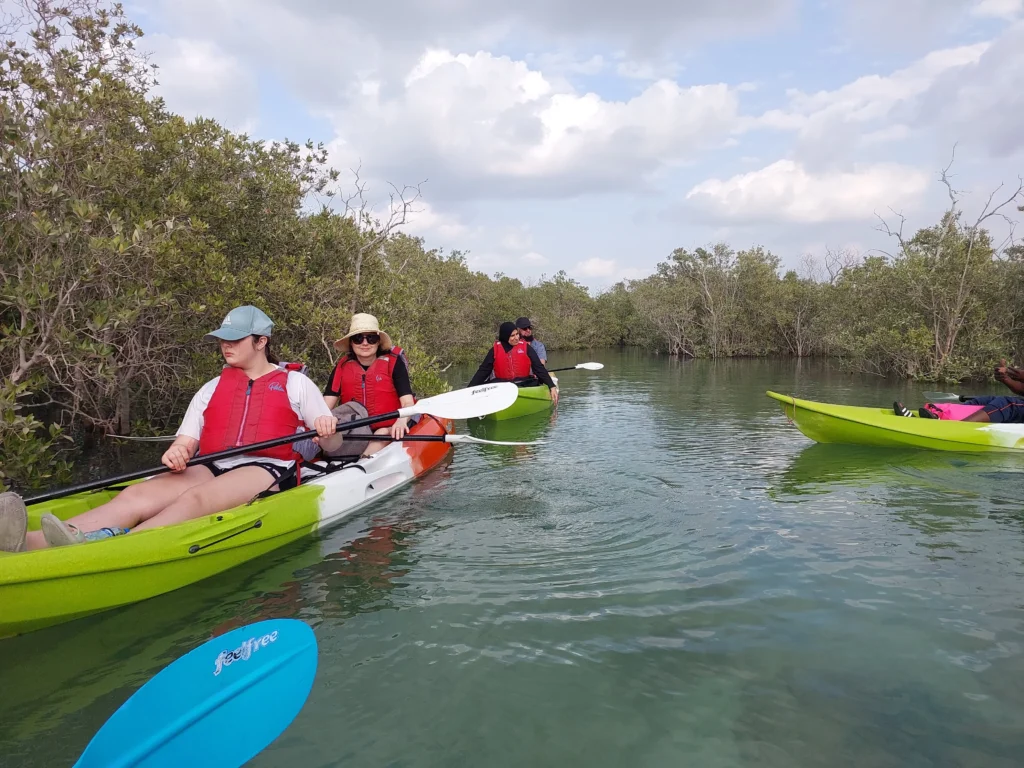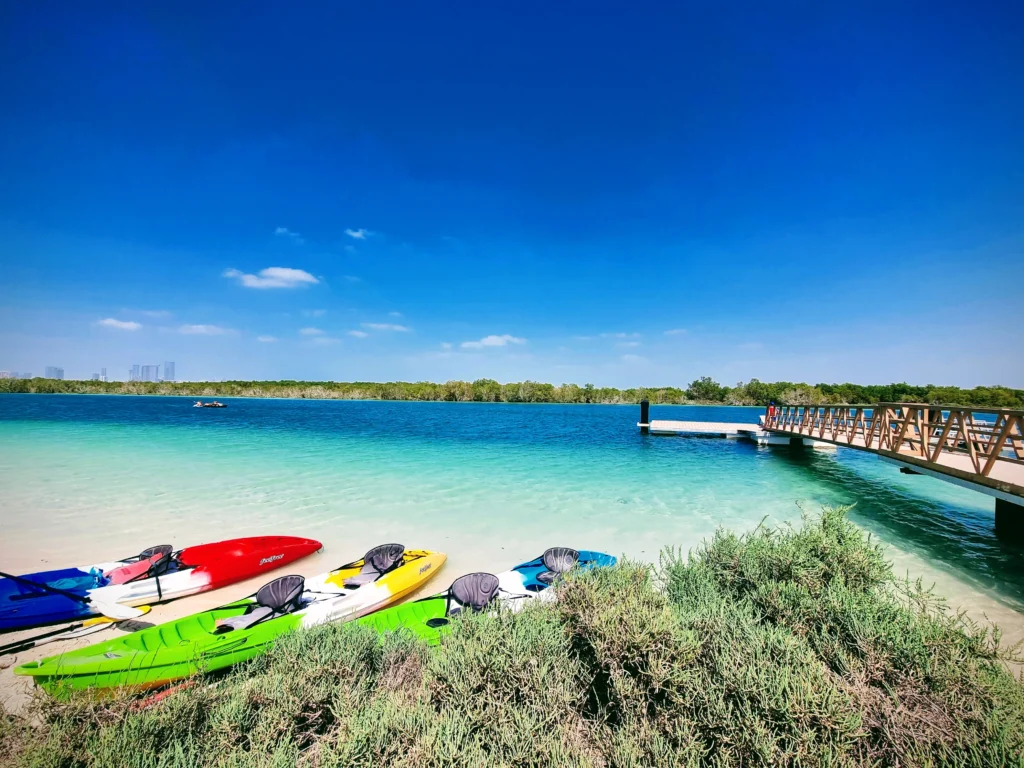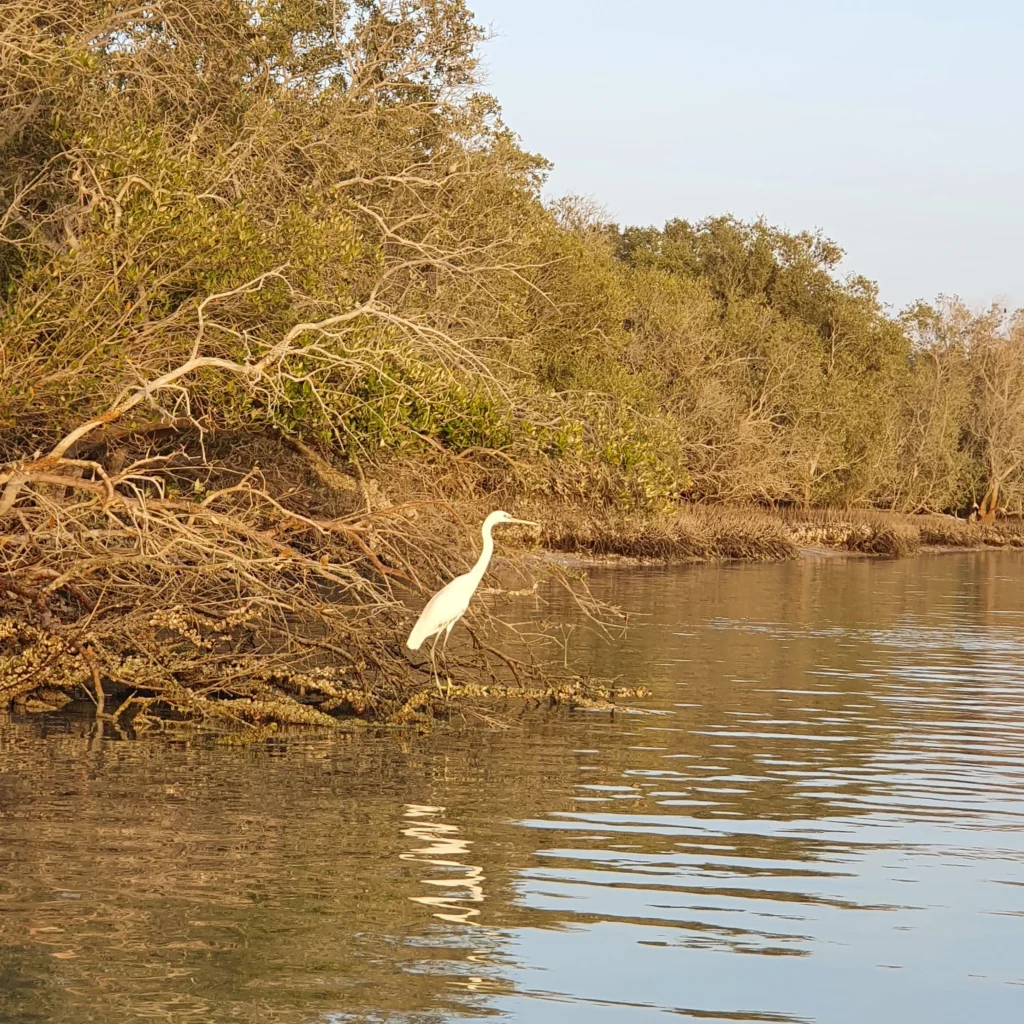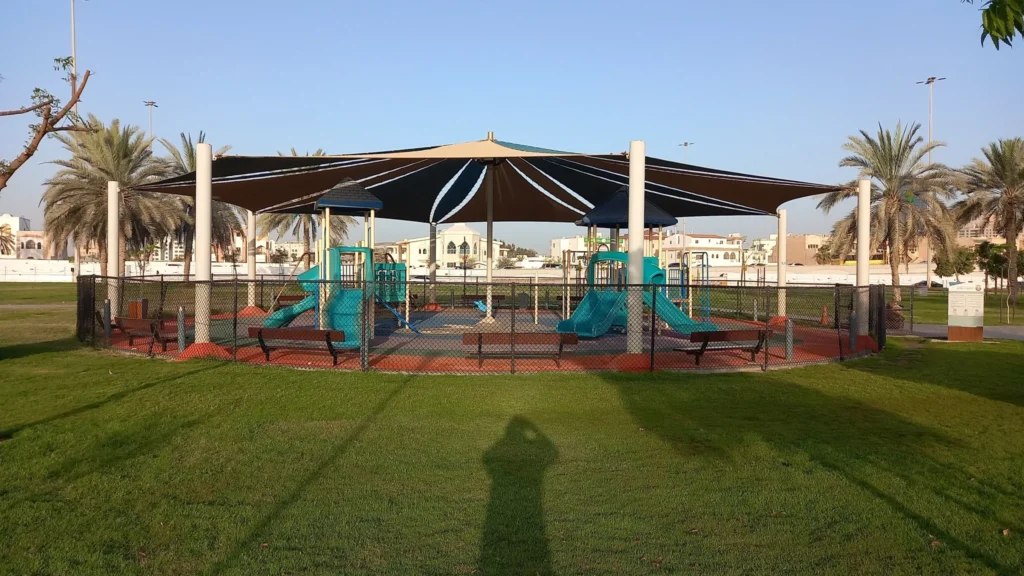Welcome to your ultimate guide to visiting Mangrove National Park, Abu Dhabi — a serene natural gem just minutes from the city.
Whether you’re a nature lover, adventure seeker, or looking for a peaceful escape, this lush mangrove reserve offers a unique experience in the UAE.

From kayaking through winding water channels to spotting rare birds and marine life , there’s something here for everyone. Let’s dive into everything you need to know before your visit.
Why Visit Mangrove National Park?
Covering over 19 square kilometers , Mangrove National Park protects 75% of the UAE’s mangrove forests , making it one of the most ecologically significant sites in the region 🌿.
These salt-tolerant trees thrive along the coastline, playing a vital role in:
- Preventing coastal erosion 🌊
- Filtering pollutants from seawater 🧪
- Providing habitats for marine and birdlife 🐢🐦
The park is home to species such as:
- Western reef heron
- Greater flamingo
- Hawksbill turtles
- Arabian killifish
It’s also an important breeding ground for migratory birds and a haven for local biodiversity 🐚🐟
When Is the Best Time to Visit?
⏰ The ideal time to explore Mangrove National Park is from October to April , when temperatures are cooler and more comfortable for outdoor activities.
During these months, you can enjoy:
- Guided kayaking tours
- Nature walks
- Bird watching
- Photography sessions
Seasonal Timings Overview:
| Season | Recommended Hours |
|---|---|
| October–April | Sunrise to Sunset (full-day access) |
| May–September | Early morning or late afternoon only |
Pro Tip: Always check with your tour operator or the park authorities for exact timings before you go.
Where Is Mangrove National Park Located?
📍 The park is located near the Anantara Eastern Mangroves Hotel in Abu Dhabi’s coastal area . It’s easily accessible by car or taxi, and well-signposted for tourists.
You’ll find yourself surrounded by calm waters, dense greenery, and a tranquil escape from the city — yet still close enough for a quick day trip.
How Much Are Mangrove National Park Tickets?
💰 Entry to the park itself is free, but guided experiences like kayaking cost around:
- AED 160 for adults
- AED 105 for children
Prices may vary slightly depending on the tour provider. Some top-rated operators include:
- Noukhada
- Al Mahara Diving
- Belevari
- Seahawk Water Sports
We recommend booking in advance, especially during peak season (October–March), to secure your spot.
Want to compare options? Check out our post on Desert Safari Dubai Tickets for insights on planning eco-friendly adventures.
What Activities Can You Do in the Park?

There’s no shortage of things to do at Mangrove National Park. Here are some of the top experiences:
1. Kayaking Through Mangrove Channels 🛶
Glide silently through narrow waterways, surrounded by towering mangroves. This low-impact activity lets you observe marine life up close and enjoy the tranquility of the ecosystem.
2. Nature Walks & Boardwalk Trails 🥾
Stroll along elevated boardwalks that wind through the forest, offering panoramic views and educational signage about conservation efforts.
3. Bird Watching 🦩

Grab your binoculars! The park is a hotspot for birdwatchers, with regular sightings of greater flamingos, western reef herons, and many migratory species.
4. Wildlife Photography 📸
Whether you’re a pro or just snapping pics on your phone, sunrise and sunset offer the best lighting for stunning shots of birds, mangroves, and water reflections.
Looking for more nature-based fun? Try exploring Ras Al Khor Wildlife Sanctuary .
What Should You Wear and Bring?

Dress smartly to stay comfortable and protect the environment:
✅ Essentials to Pack:
- Breathable clothing (light colors preferred)
- Comfortable walking shoes or aqua socks
- Sunscreen (SPF 50+ recommended)
- Hat and sunglasses
- Reusable water bottle
- Camera or binoculars
- Insect repellent
Avoid synthetic fabrics — they trap heat. Cotton or linen is best for staying cool in the humid air.
Eco-Friendly Tourism at Its Finest 🌍
Mangrove National Park is a prime example of sustainable tourism in action. The park promotes:
- Environmental education 🎓
- Conservation efforts 🌱
- Low-impact recreation

Guided tours often include talks on the importance of mangroves in combating climate change and protecting marine ecosystems.
Interested in other eco-adventures? Discover how to plan the perfect desert safari in Dubai .
10. Frequently Asked Questions❓
No, Mangrove National Park in Abu Dhabi charges an entry fee. The fees vary depending on the activities and tours you choose to participate in.
You can reach Mangrove Park Abu Dhabi by car or taxi. The park is located near the Anantara Eastern Mangroves Hotel in Abu Dhabi’s coastal area.
The ticket prices for mangrove walks can vary depending on the tour operator and the specific package chosen. It’s advisable to check with accredited tour operators like Noukhada or Al Mahara Diving for current pricing.
The entry fee for Mangrove Beach is typically included in the overall ticket or tour package price offered by accredited tour operators. Prices may vary, so it’s best to check with the operator at the time of booking.
Mangroves are called so because they are a group of trees and shrubs that grow in saline coastal habitats in the tropics and subtropics.
Mangroves provide numerous benefits, including coastal protection from erosion and storms, habitat for wildlife, carbon sequestration, water filtration, and support for fisheries.
The mangrove forests in Abu Dhabi, particularly those in the Mangrove National Park, are among the oldest and most extensive in the UAE.
The best place to see mangroves in Abu Dhabi is at the Mangrove National Park, where you can explore the extensive mangrove forests through guided tours or independent exploration.
The specialty of mangrove forests lies in their unique ability to thrive in saline coastal environments and provide critical ecosystem services, including coastal protection, biodiversity support, and carbon storage.
The Abu Dhabi mangroves are home to a variety of wildlife species, including birds such as flamingos and herons, marine life like turtles and fish, and small mammals such as crabs and insects.
Final Thoughts: A Must-Visit Natural Wonder
Mangrove National Park isn’t just a scenic escape — it’s a living testament to Abu Dhabi’s commitment to preserving its natural heritage. Whether you’re paddling through mangrove tunnels or spotting flamingos in the shallows, this park delivers unforgettable moments.
And if you’re craving more nature adventures after your visit, why not try a quad biking tour in Dubai or a dune buggy ride next?
Plan Your Adventure Today!
Ready to explore one of Abu Dhabi’s most beautiful natural reserves? Book a guided tour today and discover the magic of Mangrove National Park.
Looking for more eco-travel ideas in the UAE? Check out our full list of unique experiences at Dubai Desert Safari or read our safety guide: Is Desert Safari in Dubai Worth It?
Related Reading:
- Best Weekend Activities in Dubai
- Dubai Crocodile Park – An Exciting Family Outing
- Al Marmoom Desert Conservation Reserve – Eco-Tourism at Its Best
- XPark Jr. – Fun for the Whole Family
- Umm Suqeim Park – Scenic Views & Relaxation
Let us help you plan your next eco-friendly getaway. Stay tuned for more expert travel guides, insider tips, and exclusive offers!